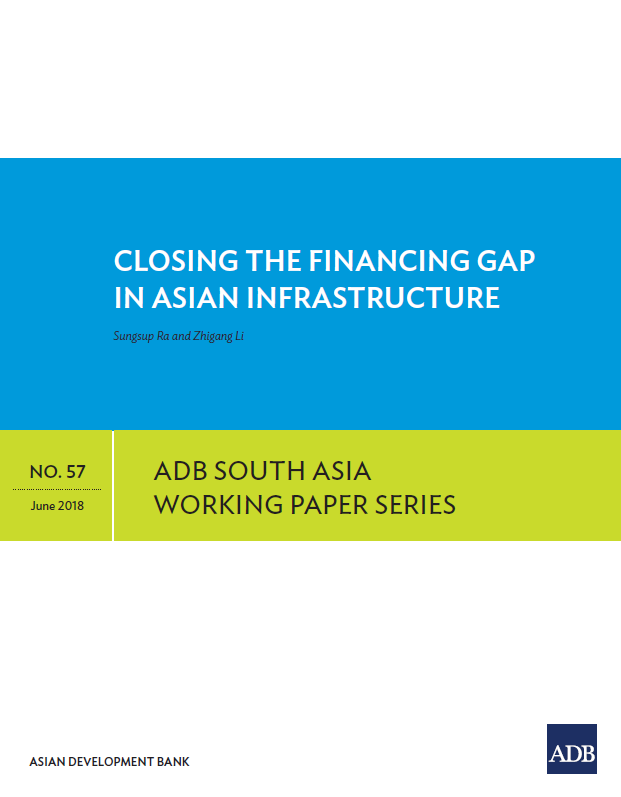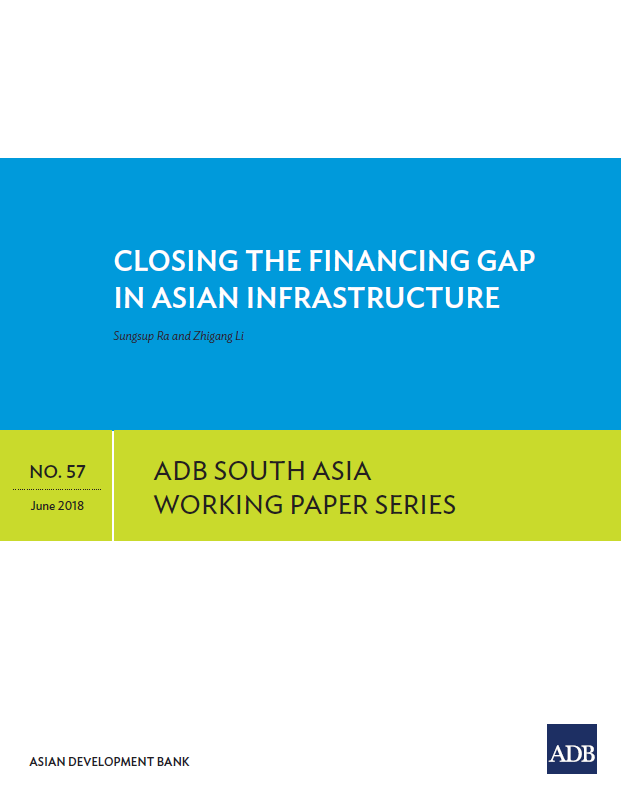
According to a publication released by the Asian Development Bank Institute (ADBI) recently, Asia continues to suffer a massive infrastructure financing deficit, hence it is necessary to search efficient resolutions to closing the gap.
The Asian Development Bank(ADB) in 2017 estimated a financing gap in this area of $459 billion per year, or about 2.4% of developing Asia’s gross domestic product (GDP). Add in the expected need for funding of “social” infrastructure,such as health and education, and the gap almost doubles to $907 billion.
This is because Asia’s developing countries spend only about $881 billion a year on infrastructure, well below an estimated need of $1.34 trillion per year from 2016 until 2030.Demand for infrastructure investment is only bound to grow as the region realizes its economic potential.
As such, unless Asian countries undertake measures to address the underlying problems, the shortfall will continue and the infrastructure gap widen even more. These actions could include, among others, a stronger pipeline of infrastructure investments, a reduction in their perceived risks, removal of institutional constraints on investment, clearer definition of infrastructure as an asset class, and better capital markets to draw in more home grown investment.
For now, however, even though Asia and the Pacific maintains the highest savings rates in the world, it still invests significantly more of these funds abroad than it does within the region. In 2015,savings rates in one-third of Asian economies were more than 30%, far above their western counterparts. In the People’s Republic of China (PRC), the rate reaches as much as 45% and gross savings exceed $5 trillion. It also continues to accumulate unusually high foreign exchange reserves. Yet,as of the end of December 2016, Asia had invested $6.2 trillion in the rest of the world, while the rest of the world had invested $4.4 trillion in Asia.
Underlying these simultaneously massive savings and a yawning infrastructure gap is a “global capital flows paradox.” This refers to the coexistence of three unusual phenomena in the global financial system: (i) a huge outflow of capital from emerging markets into the industrialized countries,(ii) accumulation of foreign reserves in emerging economies, and (iii) expected negative returns onthose foreign reserves (Summers 2006).
Another part of the problem is fiscal: that is, in meeting any such large financing need, it is not enough to simply raise fiscal spending. Indeed, many Asian countries are incapable of doing so—Asian countries can only meet around half of the projected gap due to restrictions on debt expansion, tax reform, and real location of fiscal spending.
Transforming even a small part of the region’s massive savings pool to greater infrastructureinvestment in Asia would substantially ease the projected infrastructure gap.




 Closing the Financing Gap in Asian Infrastructure.pdf
Closing the Financing Gap in Asian Infrastructure.pdf A single purchase
A single purchase









